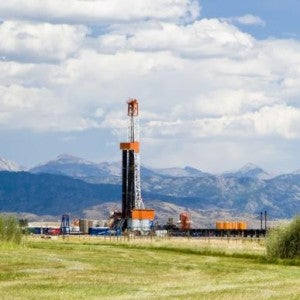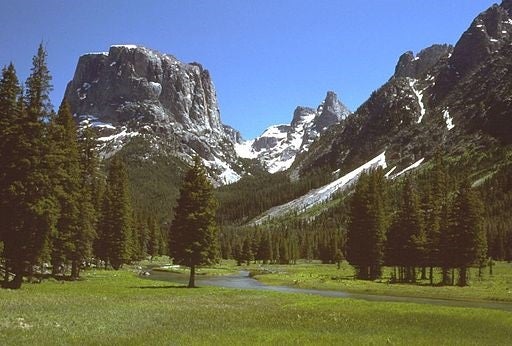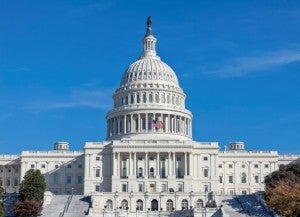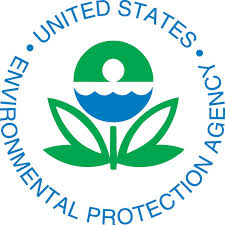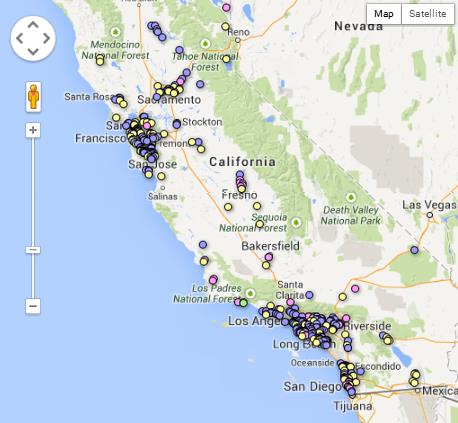 By: Emily Reyna, Senior Manager, Partnerships and Alliances
By: Emily Reyna, Senior Manager, Partnerships and Alliances
Clean energy and clean tech sound exciting, but most people don’t see these businesses as a major part of our economy, especially when traditional fossil fuels rule at the pump.
But thanks to policies like California’s Low Carbon Fuel Standard and cap and trade, more and more businesses are giving us options when we need to get from point A to point B, and they form an increasingly important source of economic growth in the state. From cars running on used vegetable oil (biodiesel) to cars you can plug into your house, new and exciting innovations are fast coming to market.
The new interactive Green Roads Map that EDF created in partnership with CALSTART, Environmental Entrepreneurs (E2), and the Natural Resources Defense Council, shows that we have many emerging options for our cars and transportation fleets, and that clean transportation is a flourishing industry in California.
The Green Roads Map is more than just a collection of dots – the map presents an important picture of the investors, researchers, producers, and salespeople who are transforming our economy and transportation system today. Read More










